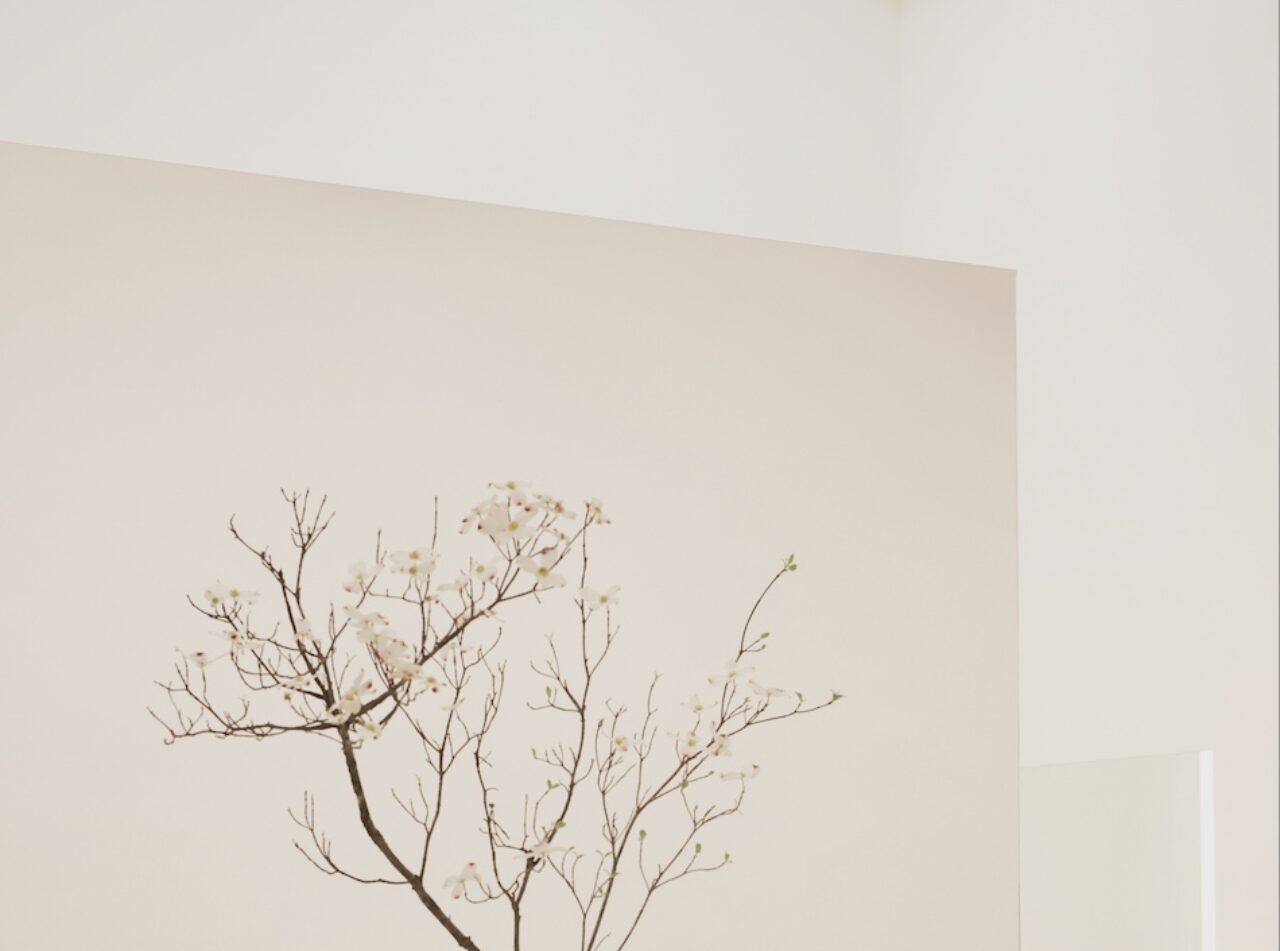ALKINA WINE ESTATE
It’s All In The Soil - Global Expertise and Regenerative Practices Lead The Way At This Barossa Winery
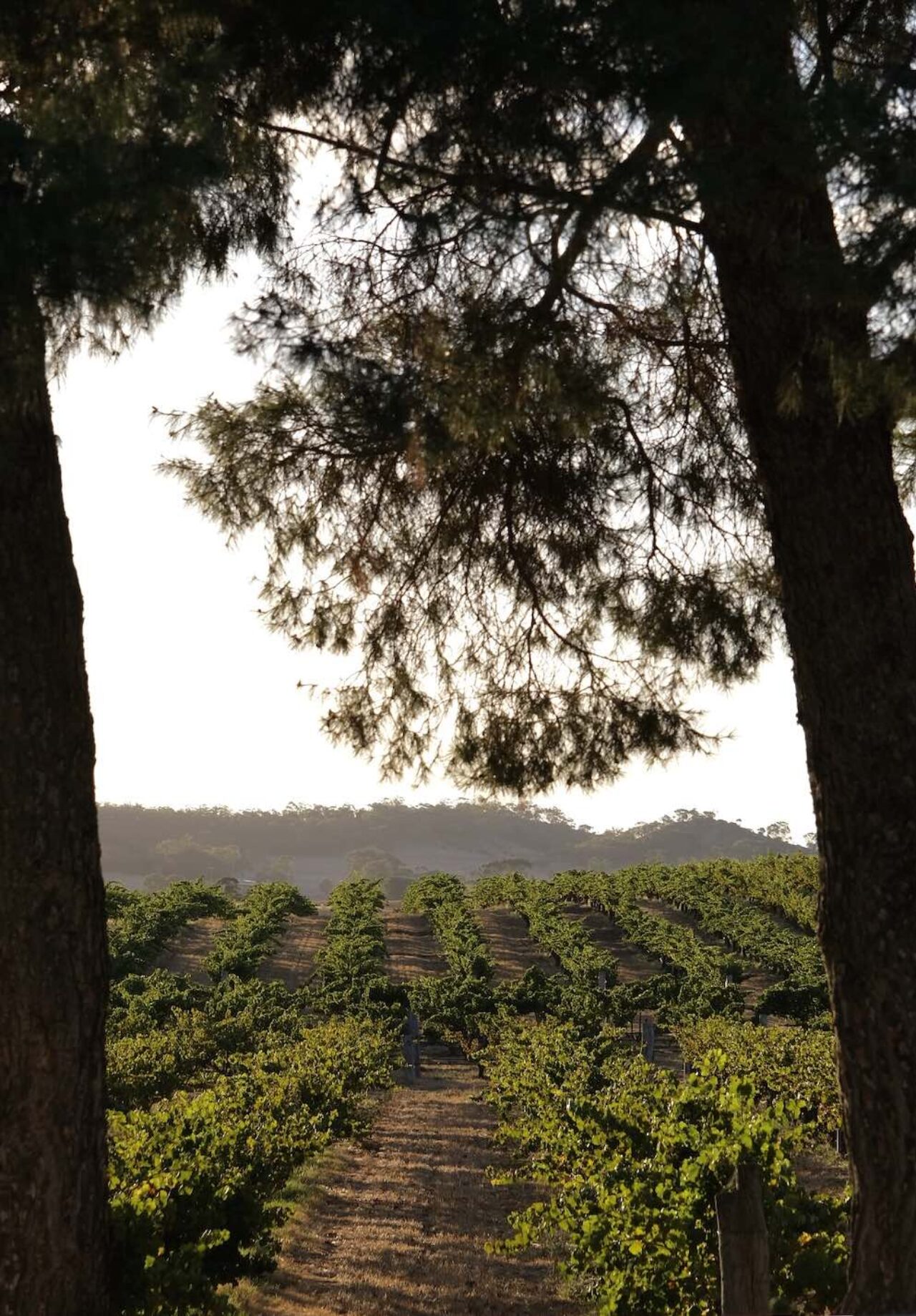
Found in one of the best wine regions in the world, Alkina is a leading new winery and homestead driven by its terroir.
Situated in the Barossa Valley, the winery champions its regenerative farming and expert team to make award-winning micro-terroir wines. Informed by their biodynamic and regenerative farming principles, they let the soil tell the story.
‘Alkina’ is an Indigenous Australian girl’s name meaning ‘Moon’ or ‘Moonlight’, reflecting the biodynamic philosophies, with the natural cycles of their environment to influence their winemaking. From the grapes to the yeast, Alkina’s minimal intervention approach ensures nature can do it what it does best. With a helping hand of expert vintners and consultants, this winery is producing the most exciting wines in Australia right now.
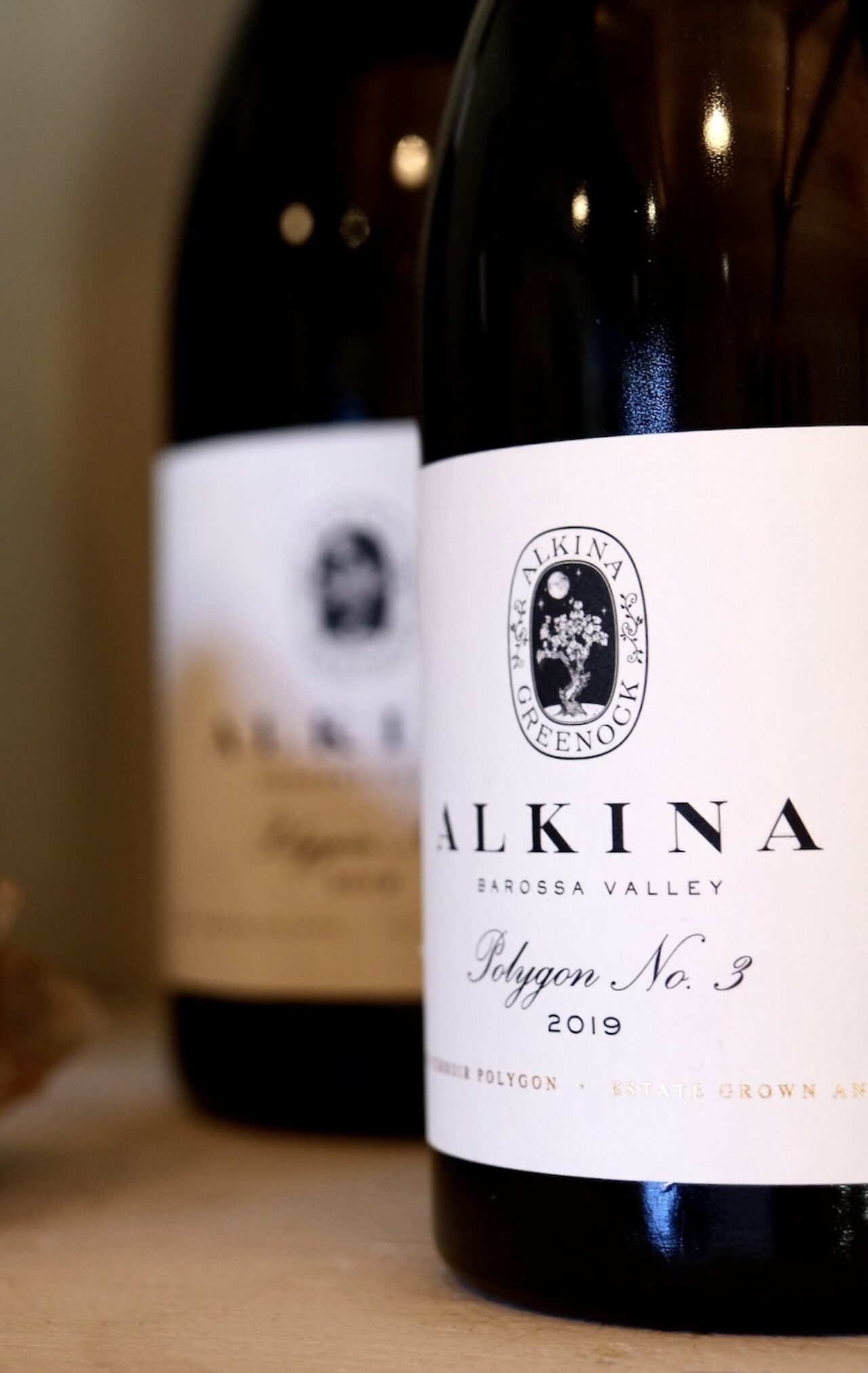
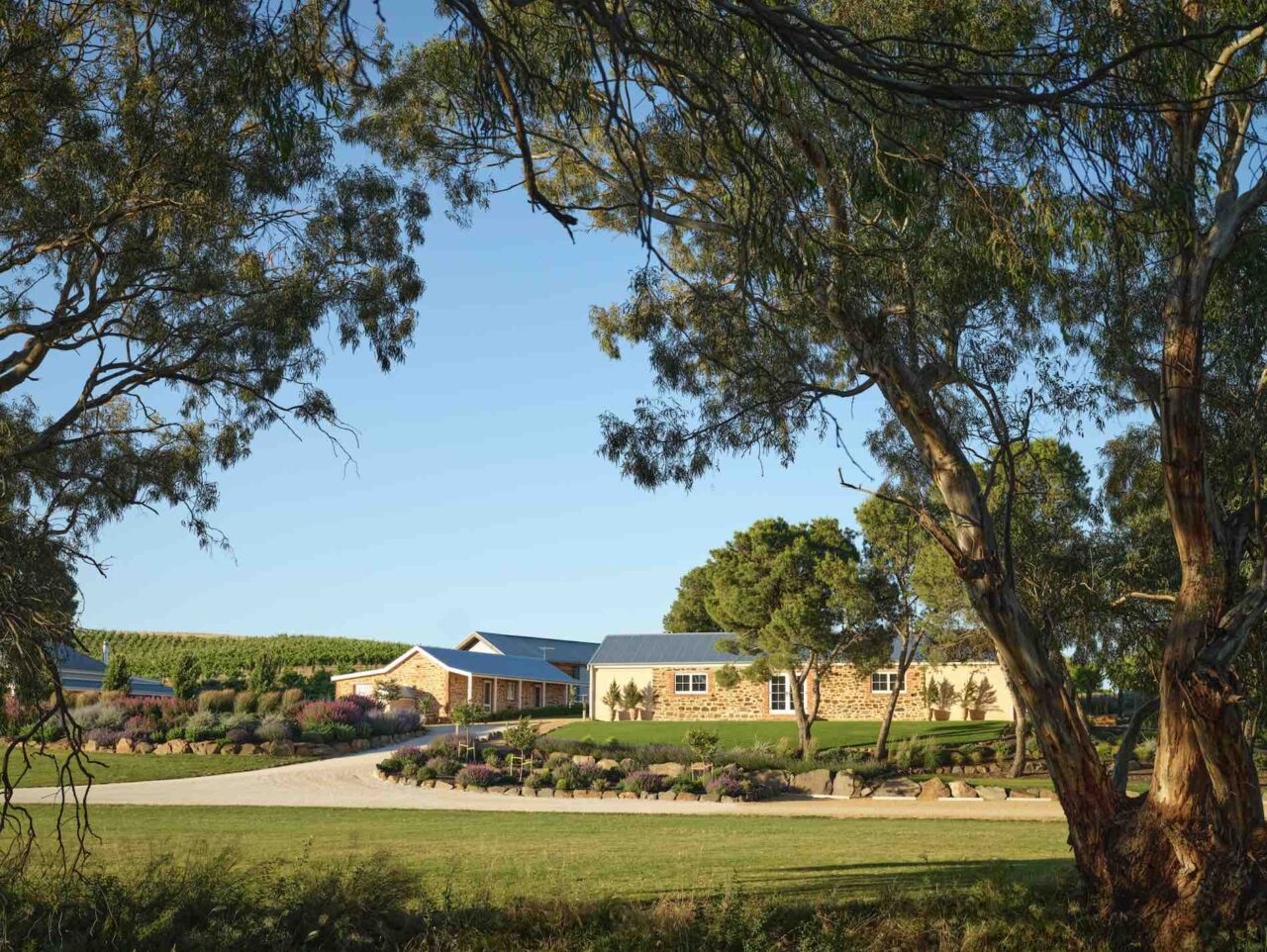
Founded in 2015 by Alejandro Bulgheroni, an Argentinian businessman passionate about wine and wine-making, when he tasked South Australian-born colleague Amelia Nolan to find a location for a new project in Australia. Amelia and Alejandro had worked together in London and Mendoza when he bought the Argento brand, for which Amelia was the Managing Director. They were delighted to continue their collaboration when Nolan looked to move back to her home state, South Australia. Finding a 60 hectare farm near Greenock in the Barossa with 70-year-old vines and 170-year-old stone buildings on site, Nolan was set to bring the property to life.
“Alejandro is an engineer, so [he] loves to build things from scratch, or take things which are only half done. In the end, a beautiful old farm came up for sale on the back page of the AFR [Australian Financial Review], my husband saw it and sent me a photo of it” explains Nolan. Run-down and in need of a lot of repair, the property had old Grenache vines and a lot of bare land to work with but Nolan remembers “I loved the creek that ran through it, kind of like a nature corridor, and I thought, yep we could actually do something here”.
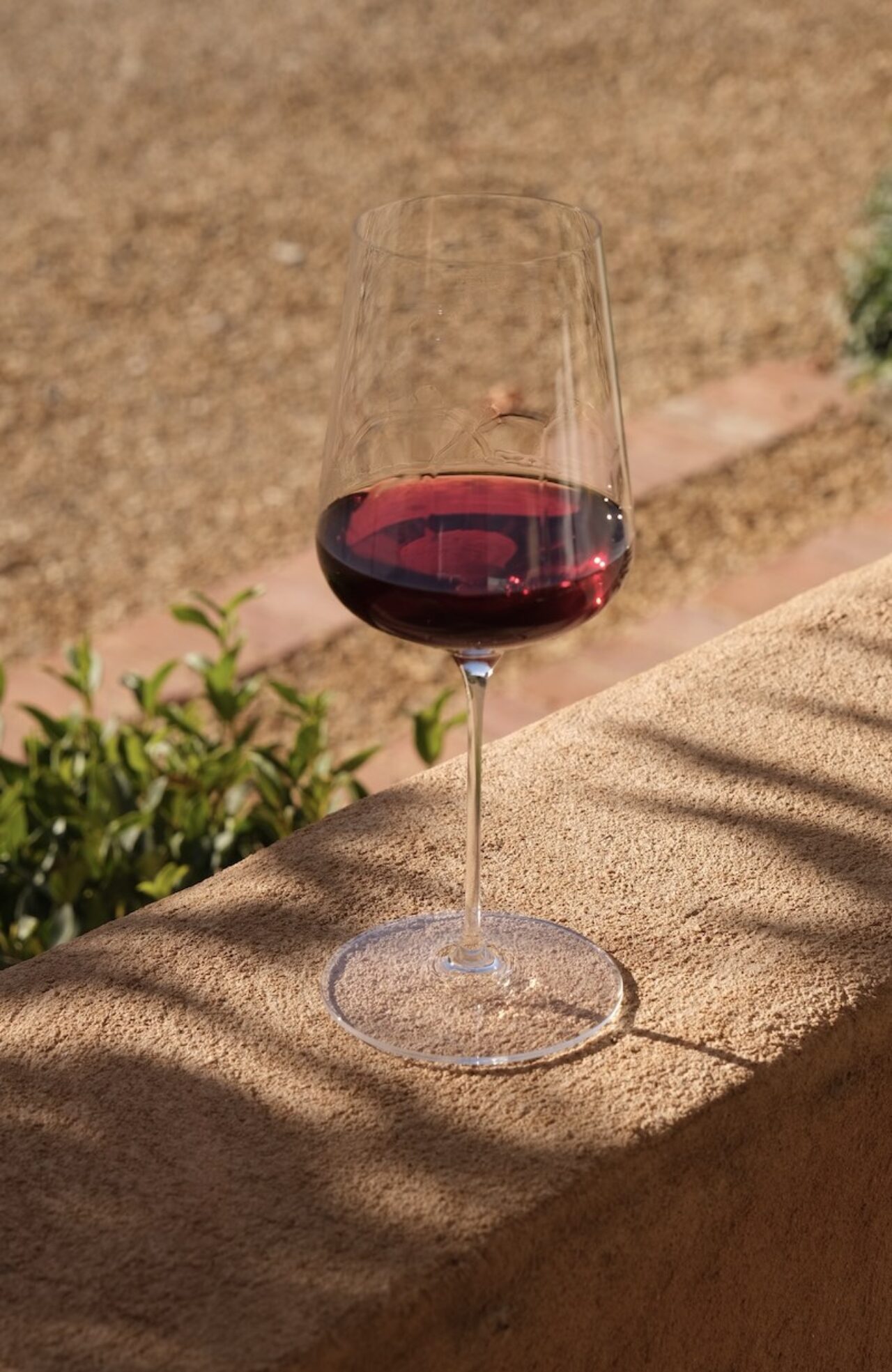
One of the first things Nolan and Bulgheroni did was look at a map of the land and they could easily visualise the expanse of the farm and land to work with. Then, they brought in globally-renowned winemaker and consultant, Alberto Antonini.
Nolan confirms, “From the very beginning, Alberto [Antonini] said if we wanted to be a great project and we wanted to make really great wines, we have to farm without synthetic chemicals because their soil makes their wine. There’s no truer thing. In my experience now, every time I taste wines that come from vineyards that have been farmed properly, I know there is life in the soil. Once you see it, you get it”. Four grape varieties were already growing on the property – Shiraz, Grenache, Mataro and Semillon – planted in the 1950’s in the area now called ‘The Old Quarter’. Since then they have planted more of each, plus Cinsault, Grenache Blanc and Clairette, with plans for Chenin Blanc as well.

Bulgheroni ensures all of his wineries around the world are farmed organically (bar his winery in Uruguay which receives heavy rainfall). As sustainable as possible, the Alkina winery powers itself with solar power, and they harvest rainwater to utilise on their property with a larger water supply from the Barossa pipeline available to irrigate its vines if required. They restrict watering during the growing season to force the vines to push their roots down deep into the fractured rock below the topsoil.
By farming organically, they use less water and perform well under drought conditions so soils are able to retain more moisture, nutrients, and their complex soil structure. “Being organic allows you to build-up a certain level of microbiology in the soil that creates a lot of structure, and creates a lot of porosity in the soil. If you have good fungal life in your soil, rain comes down, falls in, and goes straight into the soil. Dead, dry soils, become what we call hydrophobic, they don’t take water in. That’s a really important thing about water management and preservation, you will use less water that comes into your property, and you will require to bring in less water to your property if you manage properly.”
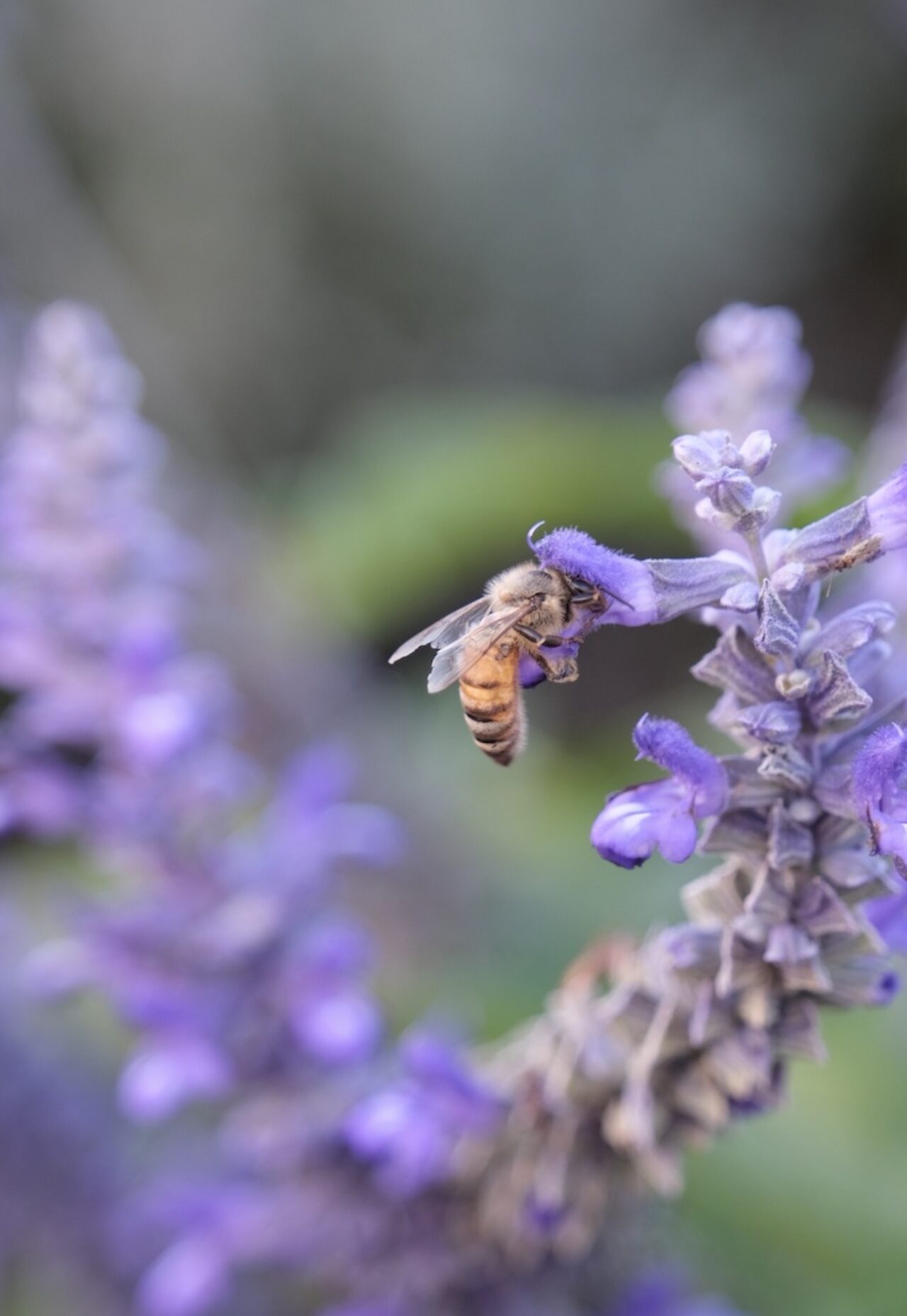
Situated on traditional lands of the Ngadjuri people, Nolan set to learn from the local history of the area, with Ngadjuri elder Aunty Pat Waria-Read come out to see what they were doing on the property.
“Like many farmers in Australia now, we aspire to have the connection and care for the land in the way that the First Nations people in Australia connected to the land. You can only connect to the land, if you are healing the land, while working with the land in a way that doesn’t seek to control it. So I suppose what we’ve learnt as any forward-thinking Australian person in agriculture and viticulture, is that the First Nations people were in sync with the land. So that’s what we are trying to do, to be in sync with the land, not to fight it” explains Nolan.
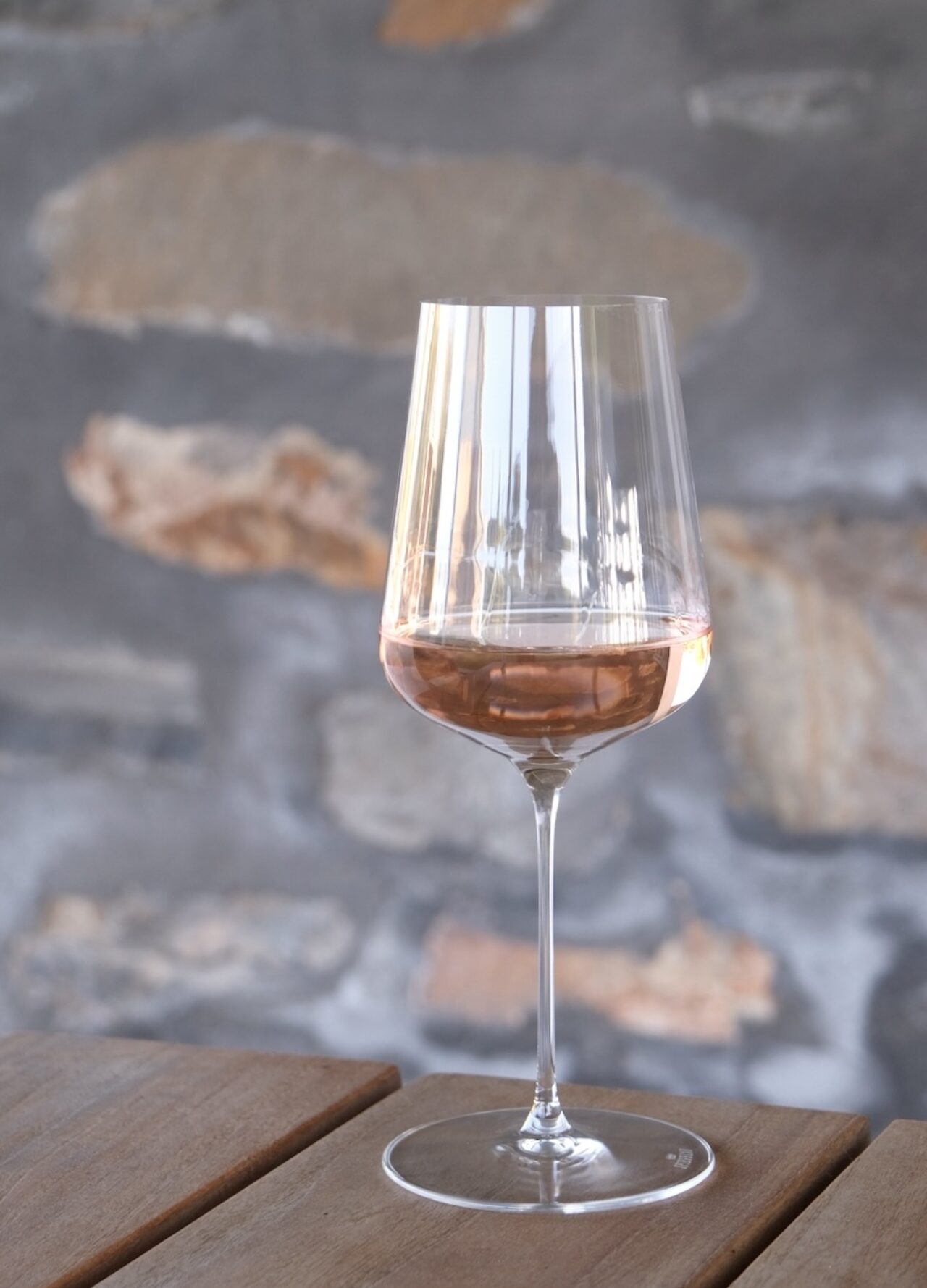
To fully understand the micro-terroir potential of their estate, Nolan and Bulgheroni commissioned Chilean terroir expert Pedro Parra to analyse the soils on the property with his Electro-magnetic Conductivity Mapping technology. Equipped with a PhD in Terroir Viticoles from Paris, Parra’s expertise in mapping and geology, together with his understanding of viticulture and winemaking, equips him with a very unique skillset. Digging to analyse rock and soil compositions is common in Europe and South America, but Parra’s work takes it a step further. Taking it to new depths – pun intended – it’s an expensive exercise, sure, but it’s a traditional method which enables Alkina to find the most authentic, detailed wines possible, driven by their terroir.
Through this, the aim was to rely less on the tools of winemaking and more on the secret beneath the soil. Compositions of schist and quartzite, or hard schist and windblown limestone, were mapped out into ‘Polygons’ with rock and clay varieties identified for their influence on the vines, grapes, and therefore, wine.
With healthy vine roots and soils, the Alkina winemaking process doesn’t need much. In fact, the Alkina team see their winemaking role more as ‘caretakers’, working with the farm they have been managing organically, biodynamically and, with minimal intervention.
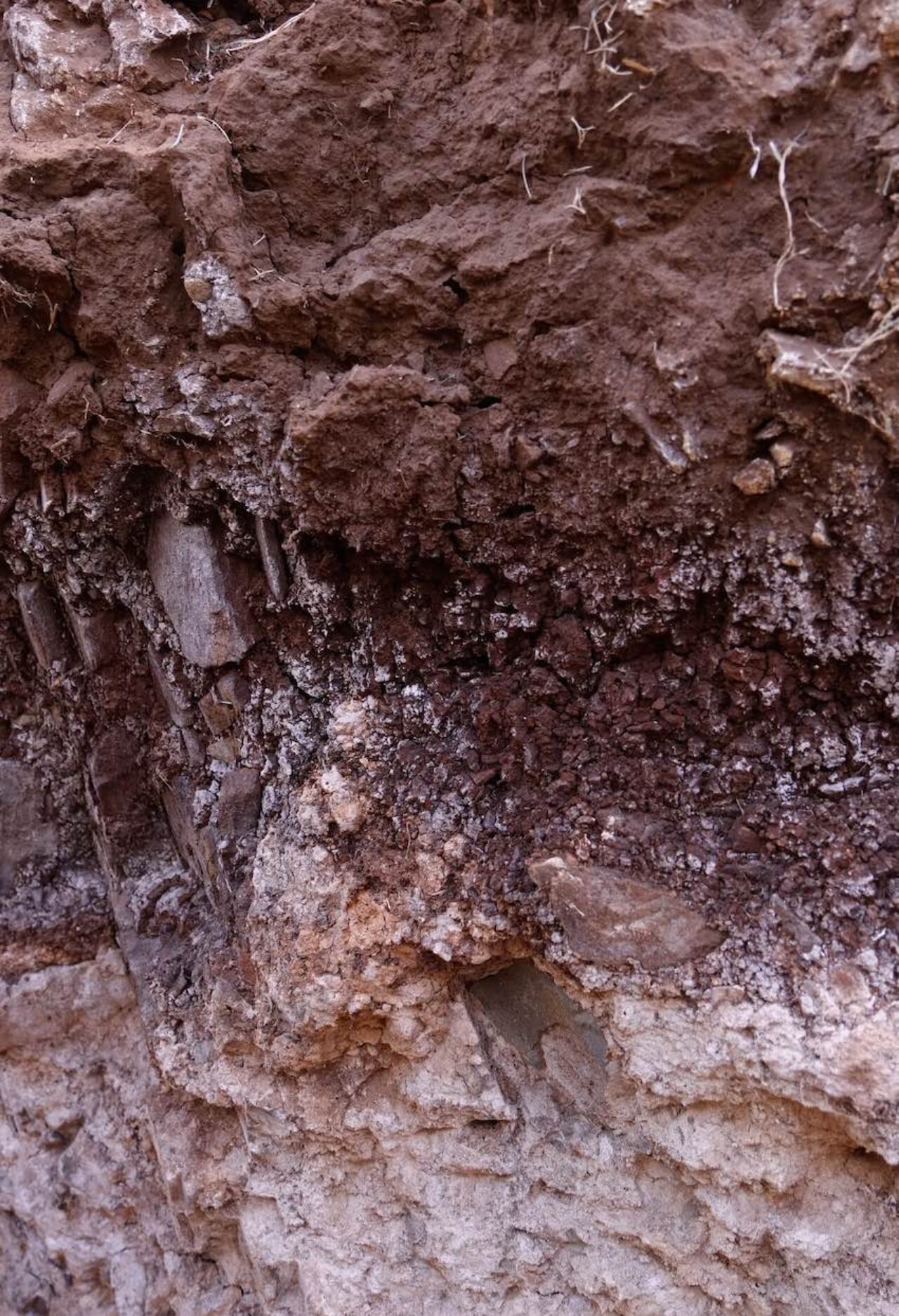
Holistic and circular, this is the same way they approach their winemaking. With tools such as Nico Velo tulip shaped concrete fermenters, concrete eggs, Italian amphorae, Georgian qvevri and a selection of aged puncheons and demi-muids, they use as little sulphites as possible in their wine-making process. Using only wild yeast (they have never brought commercial yeast onto the property), they allow natural microbes to thrive and natural fermentation processes to work their magic.
Operating with biodynamic principles along with their specific vineyard and management approach, how much is their winemaking guided by the multi-layered biodynamic calendar? Estate manager Johnny informs us: at harvest, the team aim to pick and bottle on ‘fruit’ days but do use their own expertise for the timing when they have to.
Amelia shares “The thing with biodynamics is that it’s a lovely add-on to farming in an organic way; for us it doesn’t underpin the whole story. We love it, because we can make a very microbe-rich fertiliser from cow poo and cow horns, run it through the flow form, and spray it on the vineyard; it’s a brilliant soil stimulator. It’s totally natural, and it’s just great old-fashioned, pre-industrial revolution farming. As time goes on we plan to experiment with more, and certainly the biodynamic calendar is very important, but I do think with the challenges we now have with the extremes of climate, we have to be pragmatic about biodynamics and we have to fit it where we can. For organics, you can’t be pragmatic, because the rules have to be adhered to”.
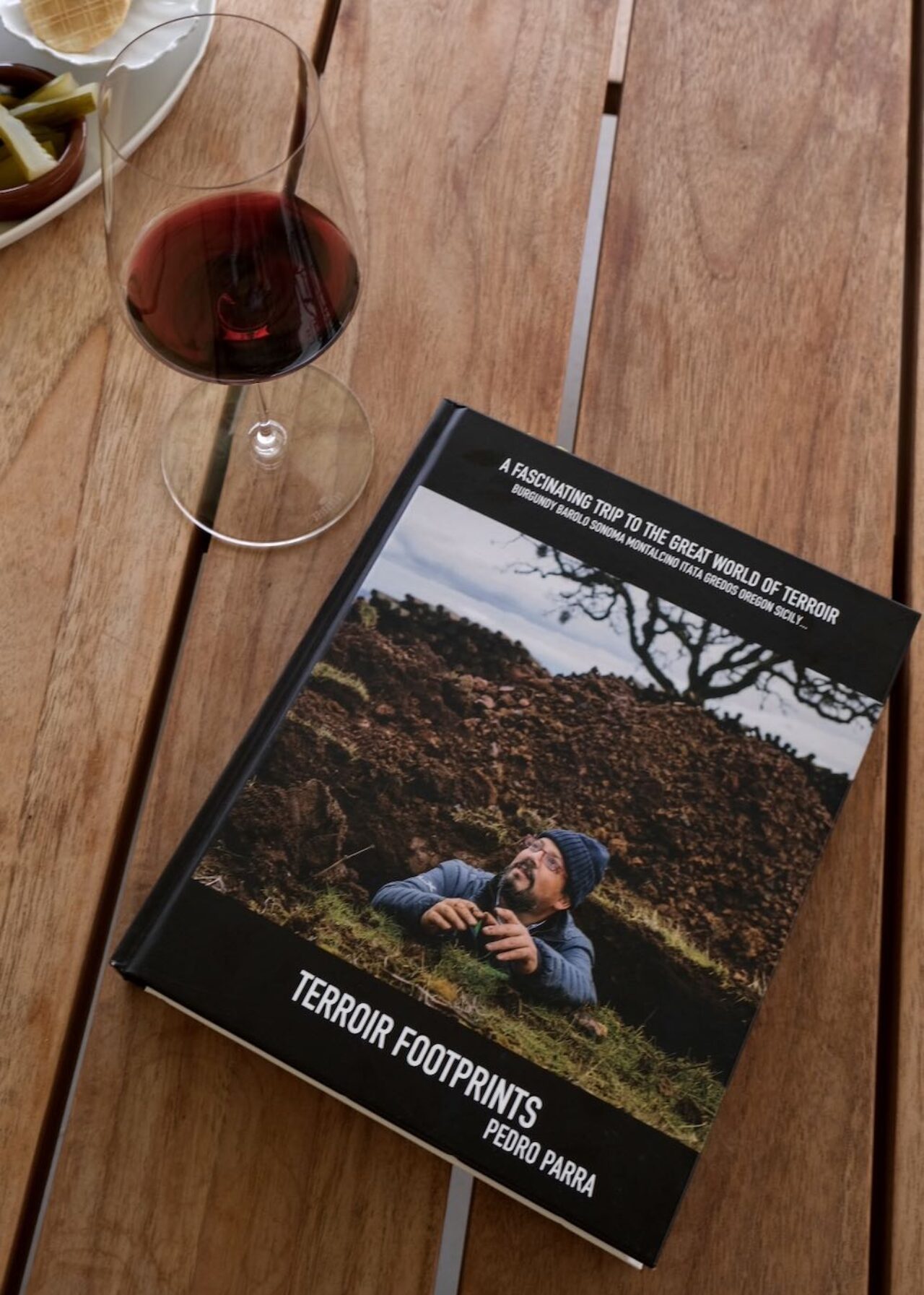
The Alkina team refer to their vineyard as vineland, highlighting their low-intervention holistic farming methods.
Nolan explains, “The other great thing about vineyard farming is that it’s a permanent crop, so we’re very lucky with vineyards if you can manage them like a small forest. If you do the right thing, once you get your head row and undervine management working, you can start to manage your vineyard like you would a woodland. That’s why we refer to it often as vineland. We have kangaroos, multiple species of bird, 11,000 insect species – that we know we have because we’ve done the studies – and they can all exist in the vineyard in a way that would be very difficult to exist in any other type of crop. That’s often why you’ll find vineyard managers and vineyard owners are quite advanced in their thinking about farming because we’ve got the ability to be, because we’ve got a permanent structure. All we do is put water on it, grow the fruit, fertilise (we put the skins and seeds onto a compost pile which we re-distribute across the vineyard) – there’s not a lot that gets taken away.”
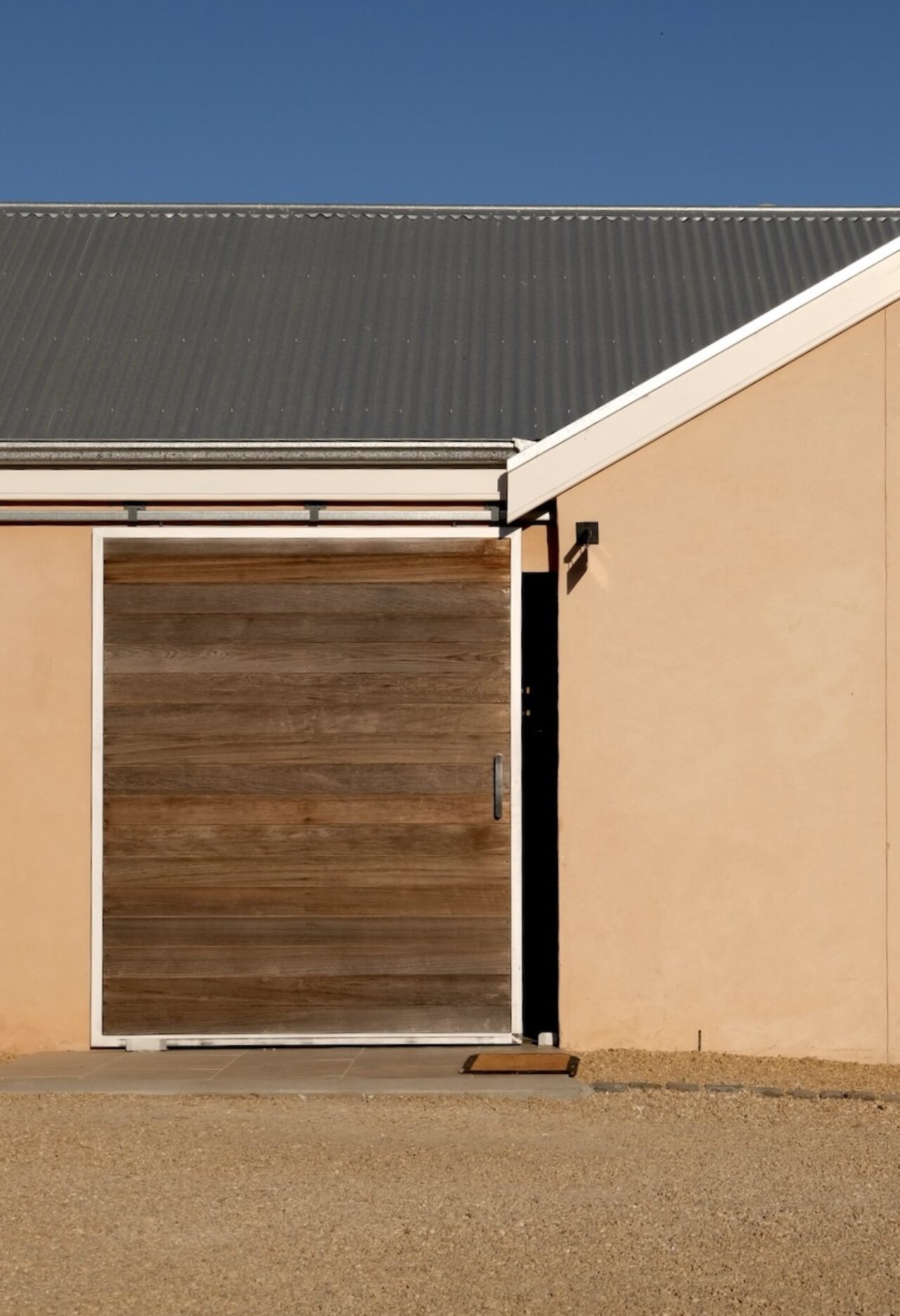
CELLAR DOOR & RESTAURANT
With vineyards and wine-making on site, the cellar door is not far from reach. Guests from far and wide come to Alkina for wine-tasting, events, or special weekend menus cooked by head chef Aden Neldner.
The outdoor courtyard at the cellar door is a scene from Tuscany or Mendoza, complete with terracotta-toned concrete for the al fresco dining and an undercover handmade earthen-clad wood-fired oven. Indoors, modest interiors let the food and wine shine. Dishes utilise local fresh produce to reflect the region, whilst cured meats from Italy celebrate Alkina’s global influences.
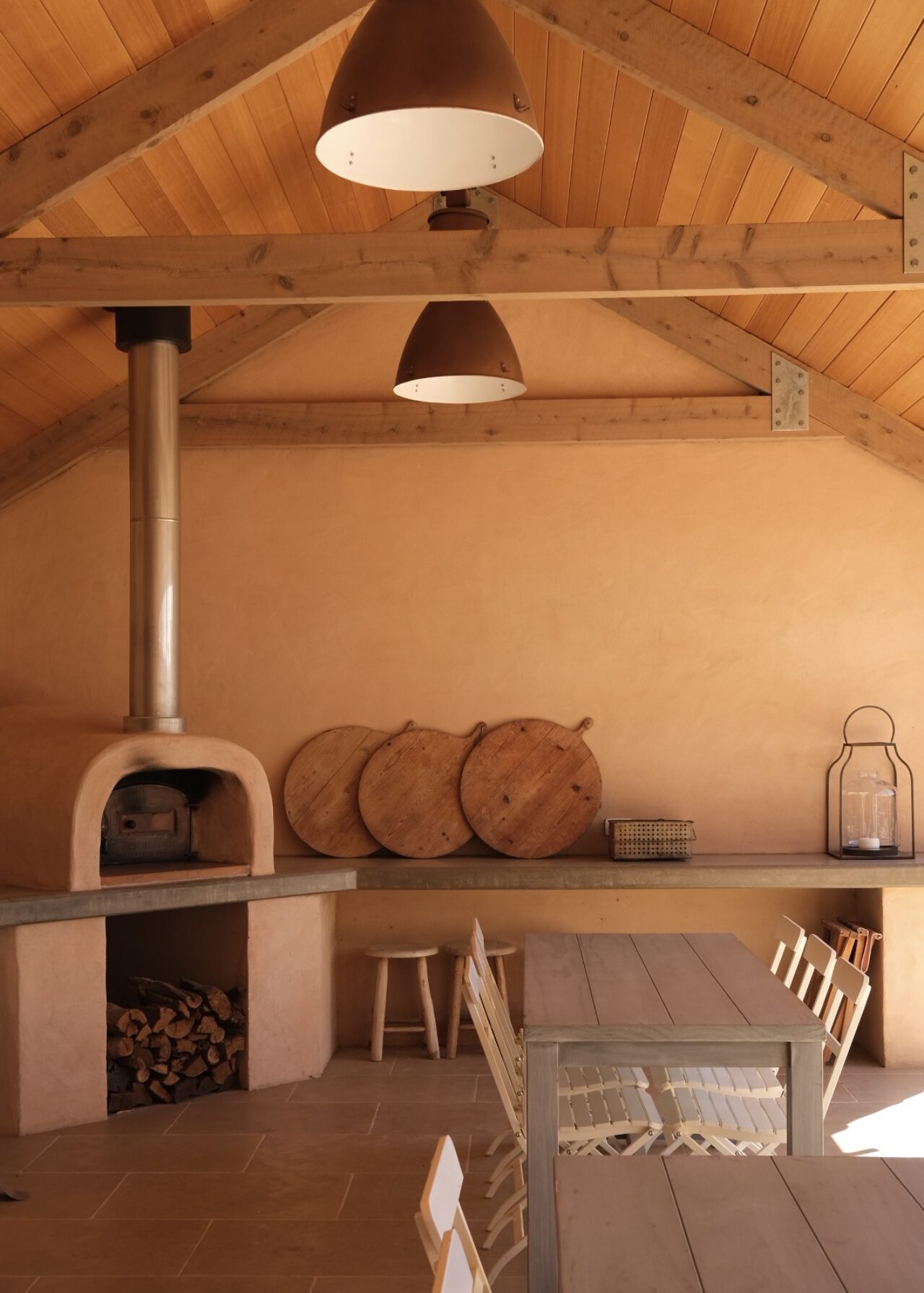
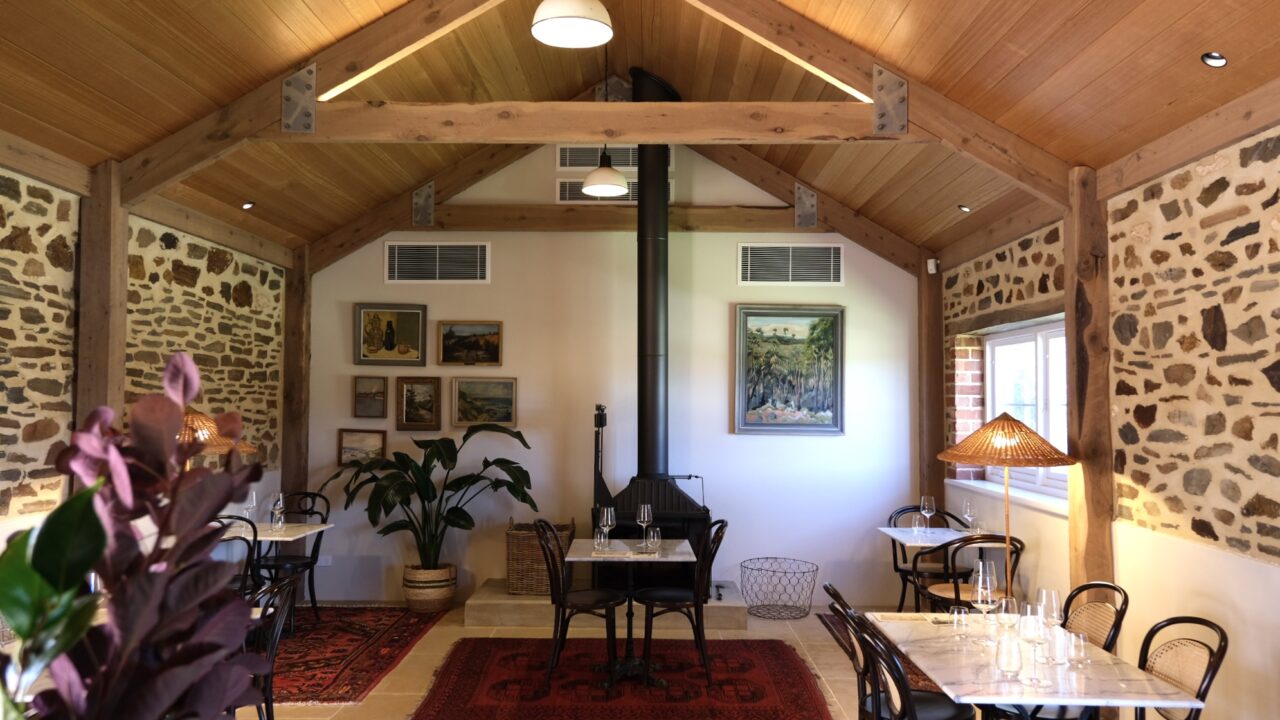
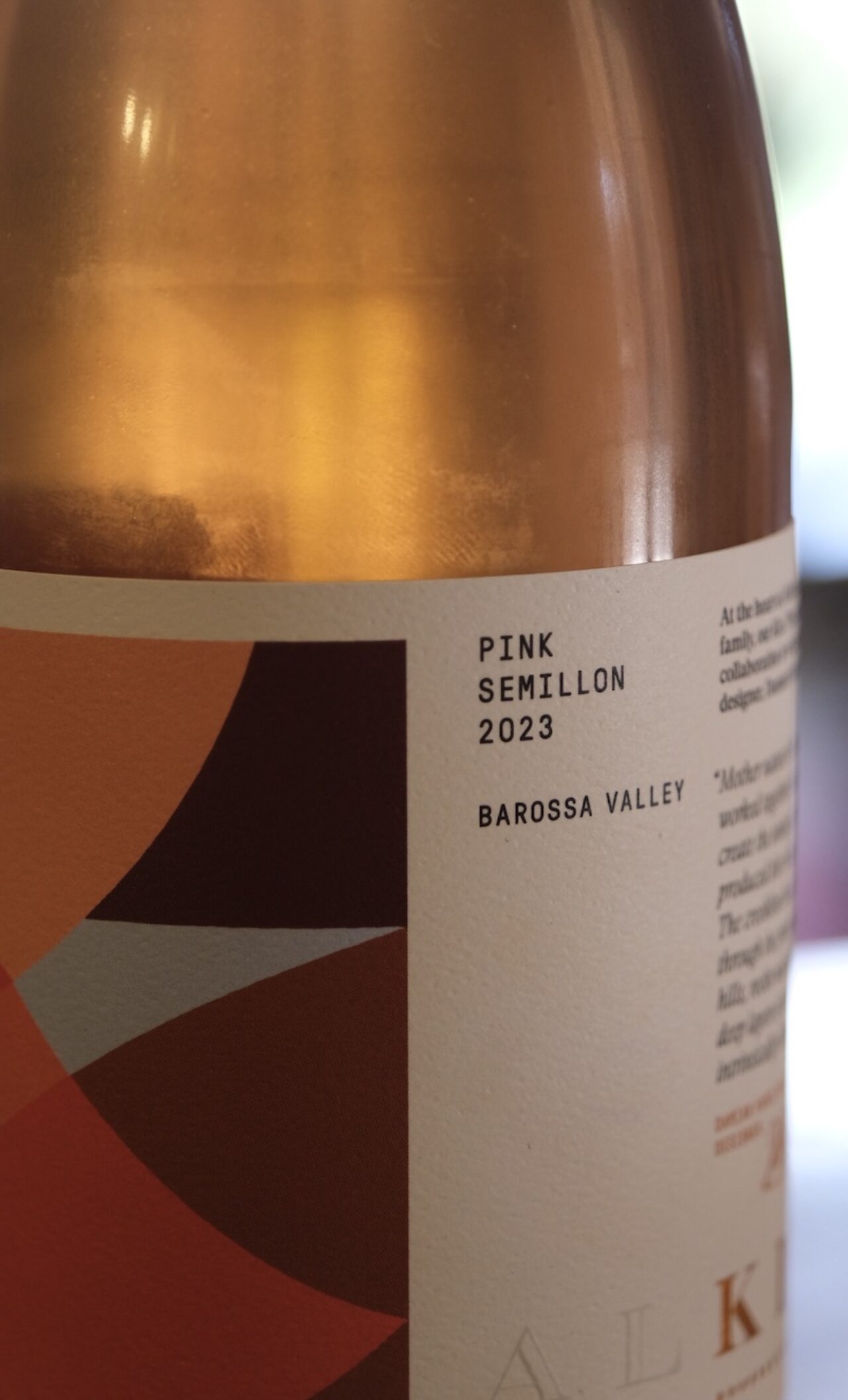
Here, all of Alkina’s wines can be sampled or purchased – if available – including small-batch Polygon wines which are rare to find anywhere else.
The wine list here contains more than just Alkina wines, with those from Bulgheroni’s other estates also available to buy by the bottle and in tasting flights. It’s also the only place in Australia you can buy Parra’s book on terroir which we simply had to pick up.
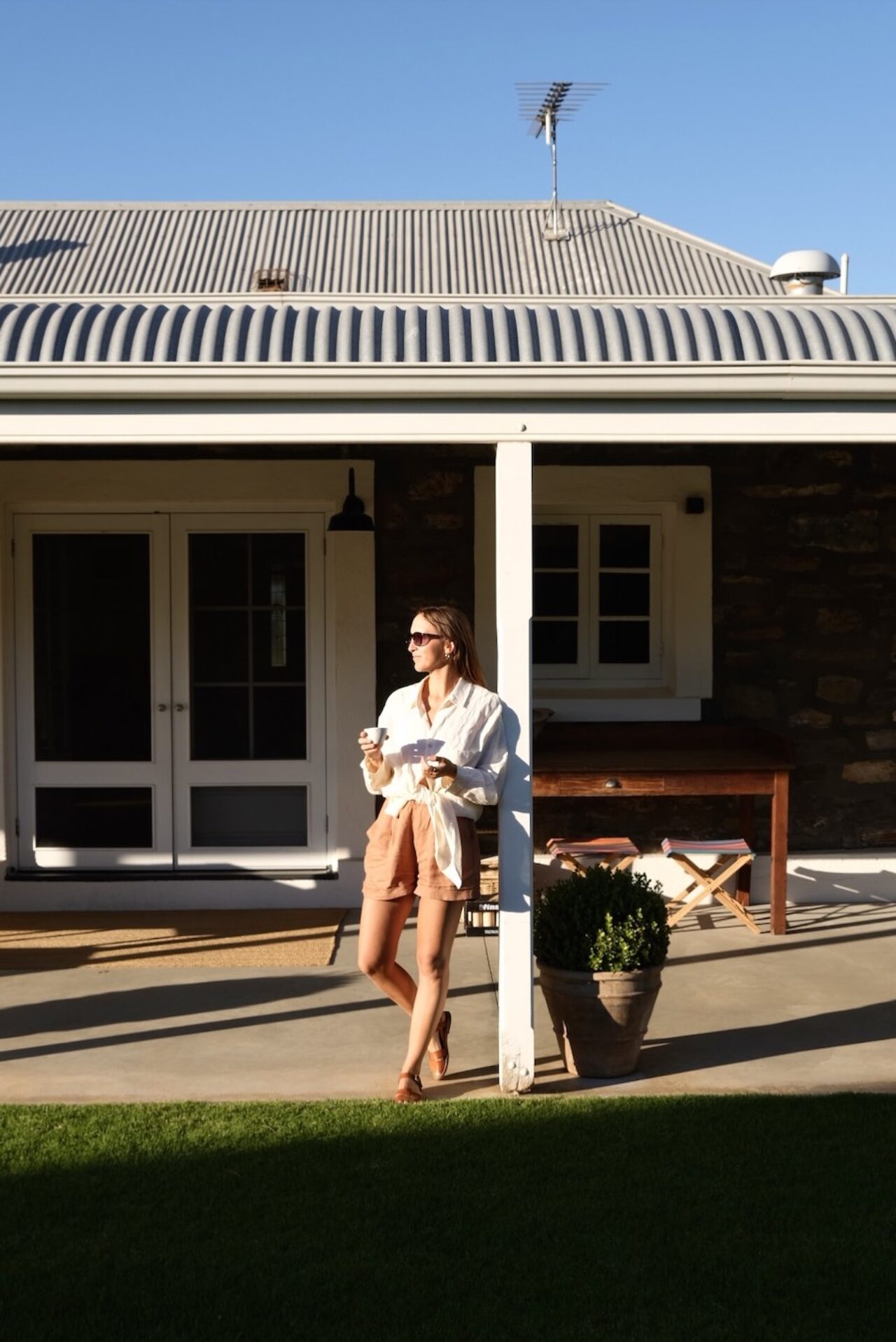
THE OLD QUARTER HOMESTEAD AND COTTAGE LUXURY ACCOMMODATION
Upon our visit to Alkina a few months ago, we stayed in their Homestead – one of two luxury accommodation offerings at the winery.
The other, the Cottage, is a few steps away, but both allow enough privacy for guests. In close proximity to the winemaking sheds, the wonderful smell of the grapes fermenting could be sensed ever so lightly. We spoke to the winemaking team as they were processing an early vintage of Grenache, understanding their philosophy firsthand.


The luxury accommodation at Alkina enables guests to get the full Alkina experience. Private drivers can be arranged to explore other wineries in the region, but we preferred to stay on-site and explore the farm gardens growing herbs and vegetables for the restaurant (and yes they had composting, and were one of the first to set up Subpod’s on their property too). Dining at the restaurant during the day and sampling numerous wines we were curious about, we were able to retreat back to our Homestead accommodation only 1-2 minutes away by foot.
Inside the Homestead, a curated selection of vintage art and furniture, combined with luxury modern conveniences mean that style, elegance and attention to detail are perfectly fused.
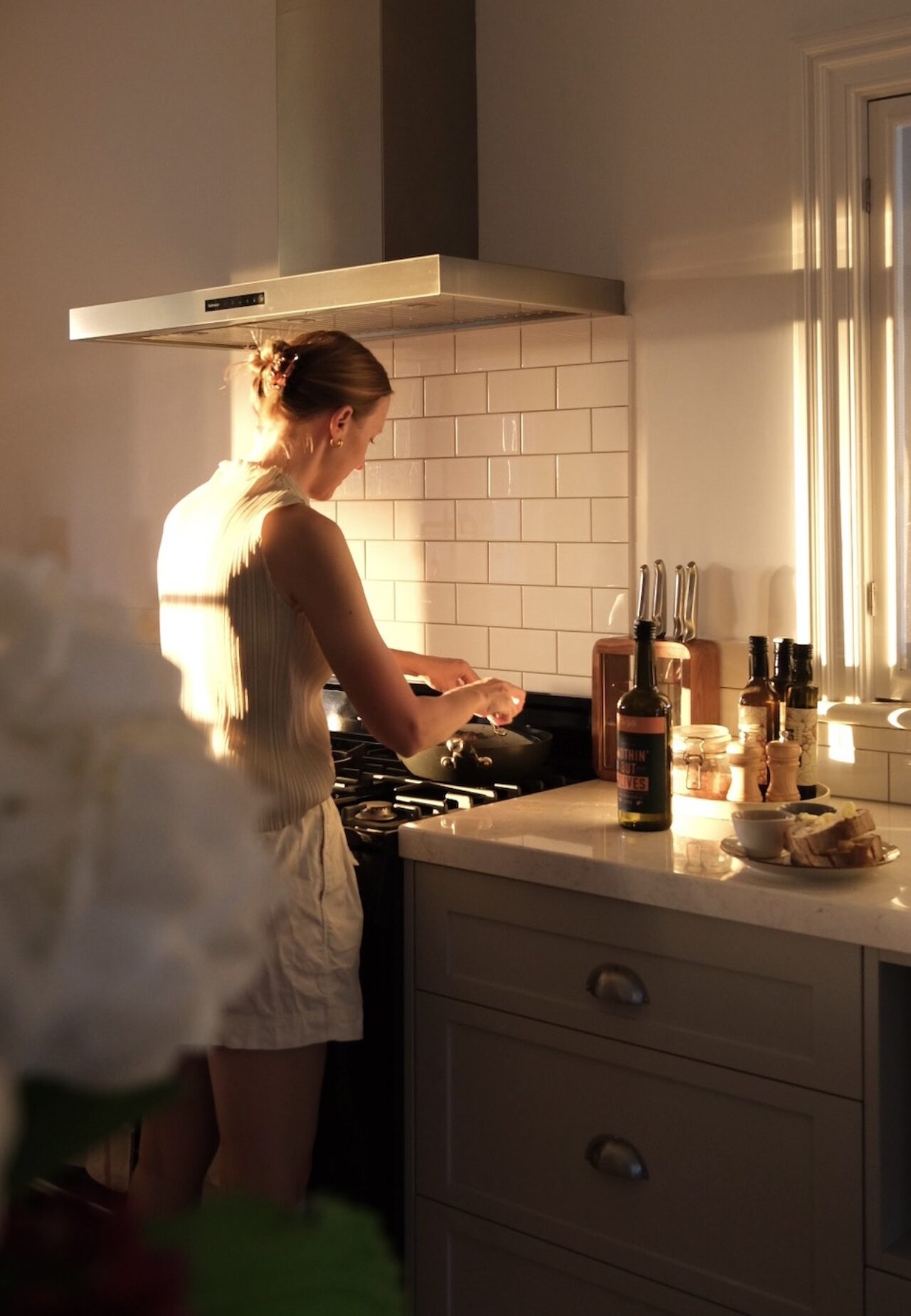
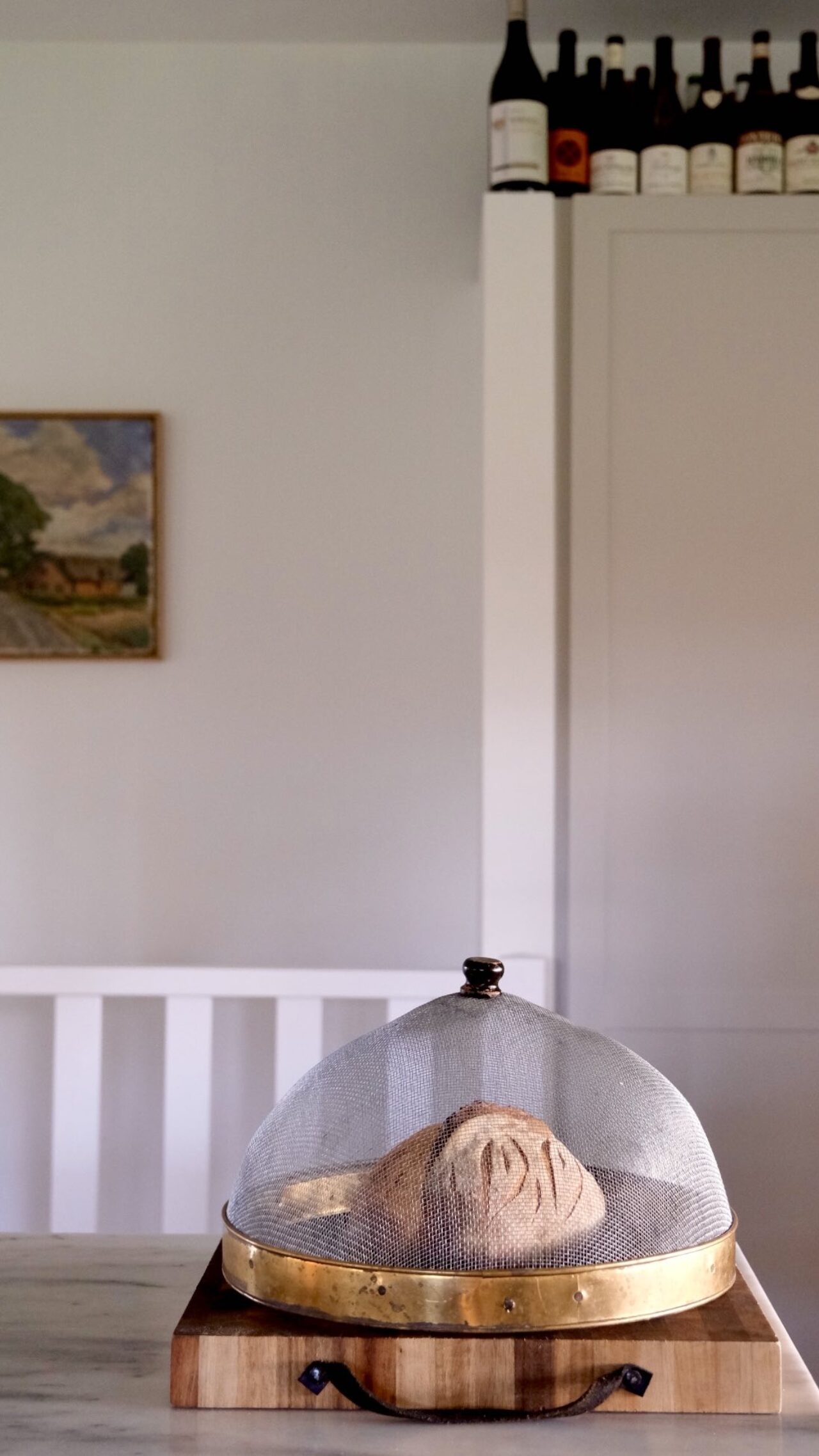
Accommodating two couple or a family of four, the house is equipped with two bedrooms, two bathrooms, laundry room, open-plan kitchen, dining area, lounge area and patio. Indigenous artist Damian Coultard’s artwork hands in the dining area,
In the morning, the sounds of local wildlife are prevalent and encourage us to start the day with breakfast on the patio. Birds are chirping, bees are buzzing past, and the sun – still behind the neighbouring cottage – is making its way up. It’s pleasant and warm, and we could stay out here all day.

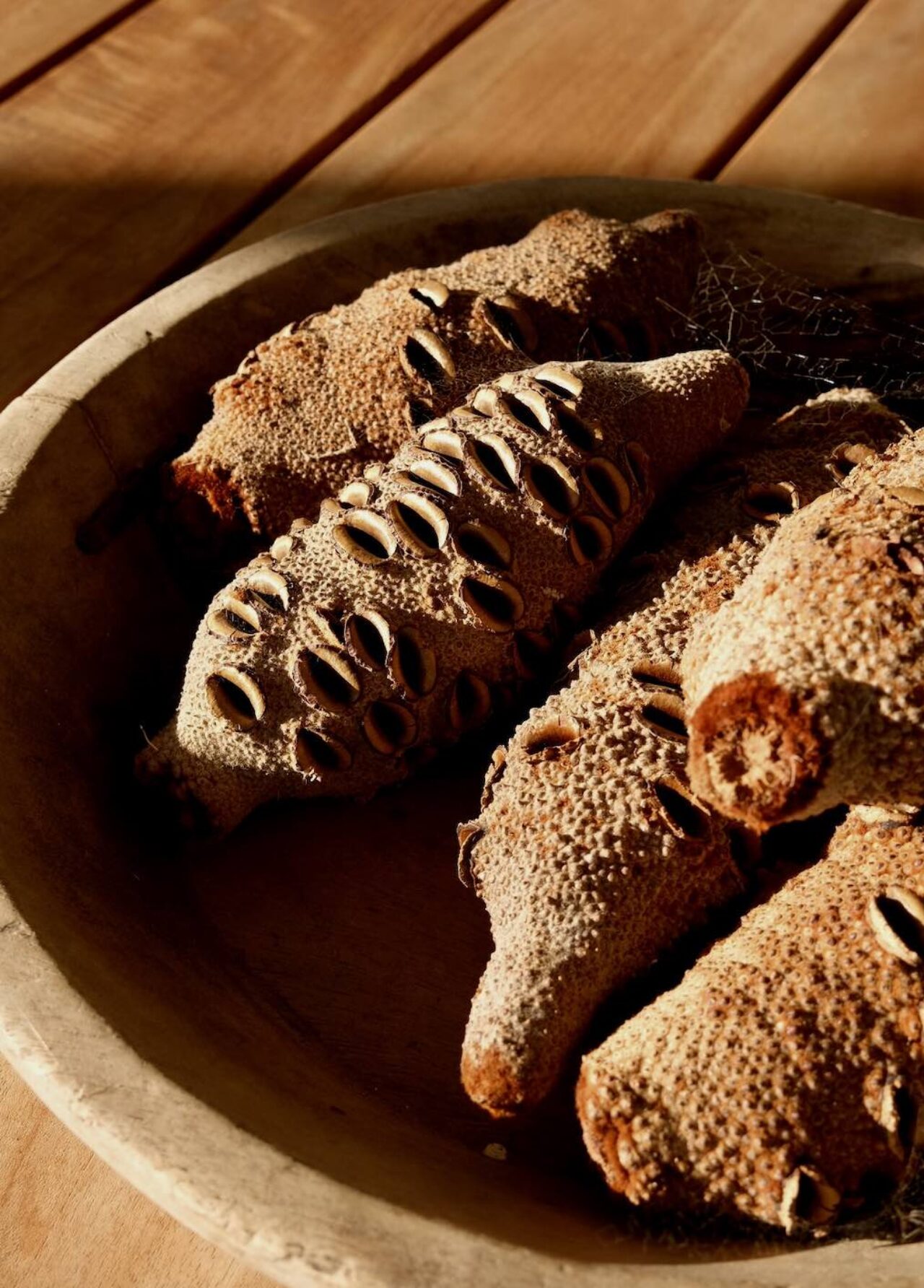
WHAT MAKES ALKINA DIFFERENT
The next day, we explored one of the open Polygon pits dug out together with Parra (there were a total of 160 on the property) right next to the wine sheds. The layers of soil, clay and stone were a wonder to witness, metres below the surface. The full scope of Alkina’s individuality and difference to other wineries in the country is found in its multiple layers – again, pun intended.
From their low-intervention wine-making and organic farming to their terroir explorations, through going back to the origins of natural winemaking they are leading the craft into a better future. One where the land is respected and vines left uninterrupted to do what they do best, albeit with a slight dose of extra care.
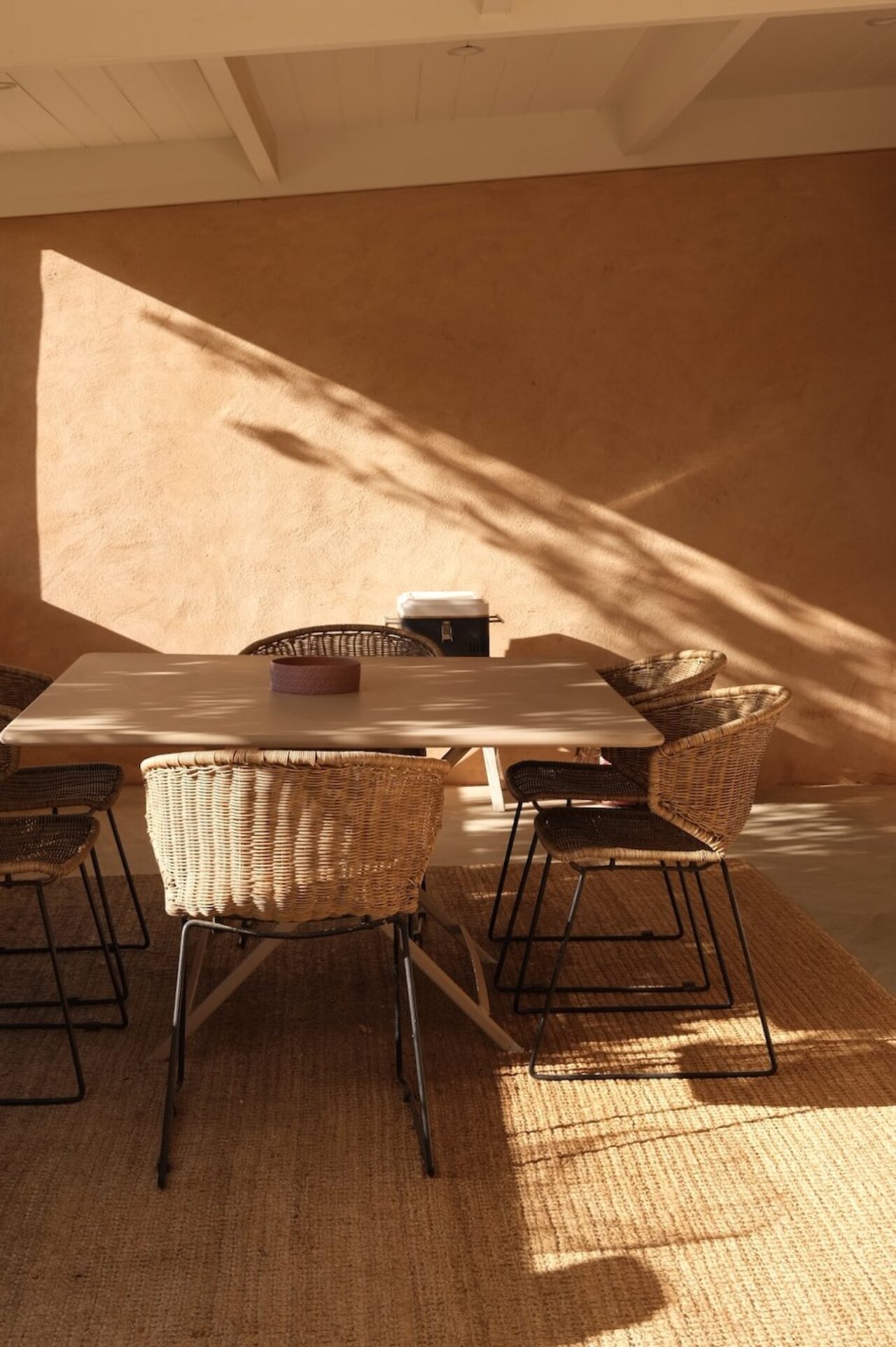
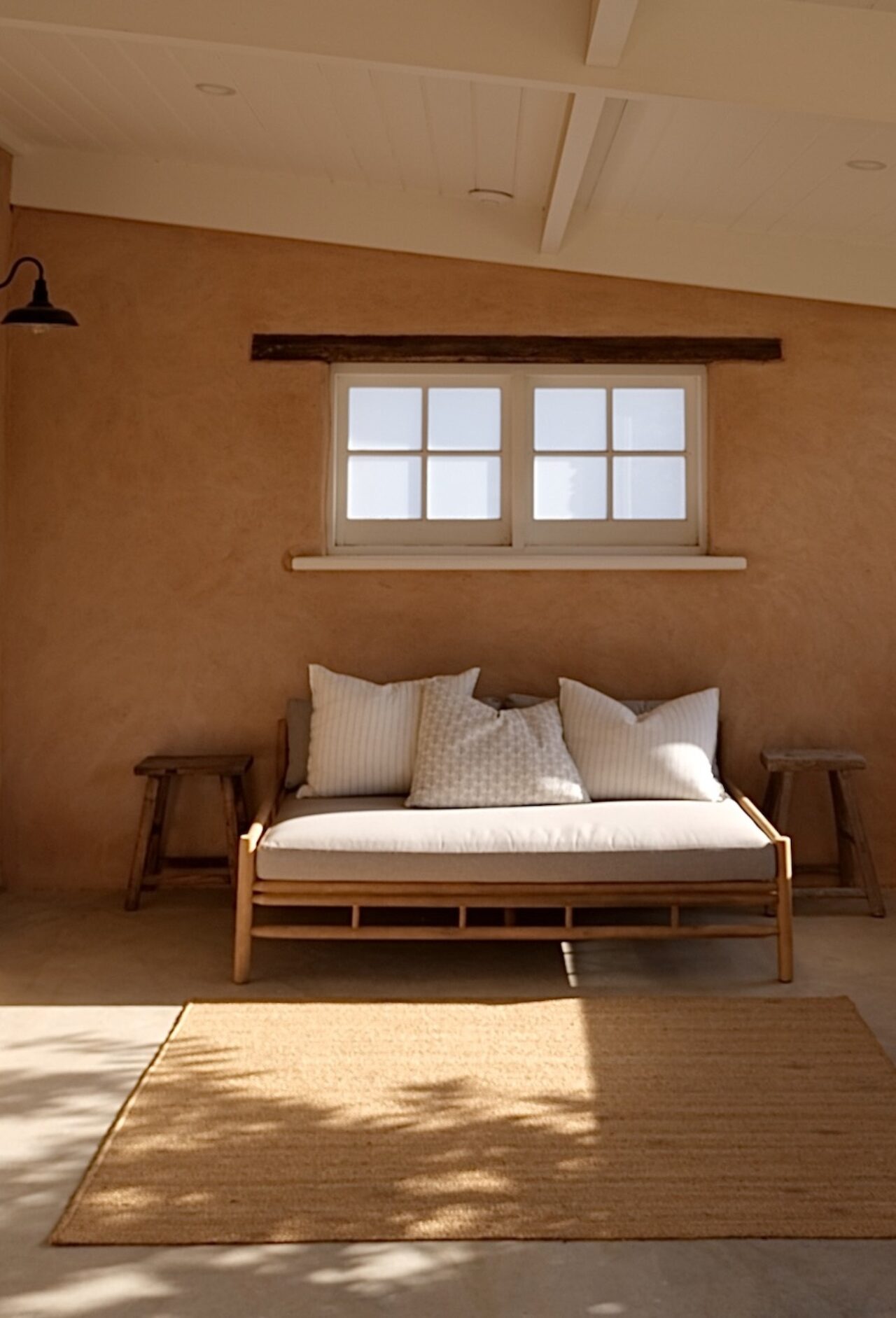
ALKINA
41 Victor Road,
Greenock, SA 5360, South Australia
For more South Australia destinations, click here.
Text: Editorial Director Monique Kawecki
Images: Champ Creative for Champ Magazine©


















